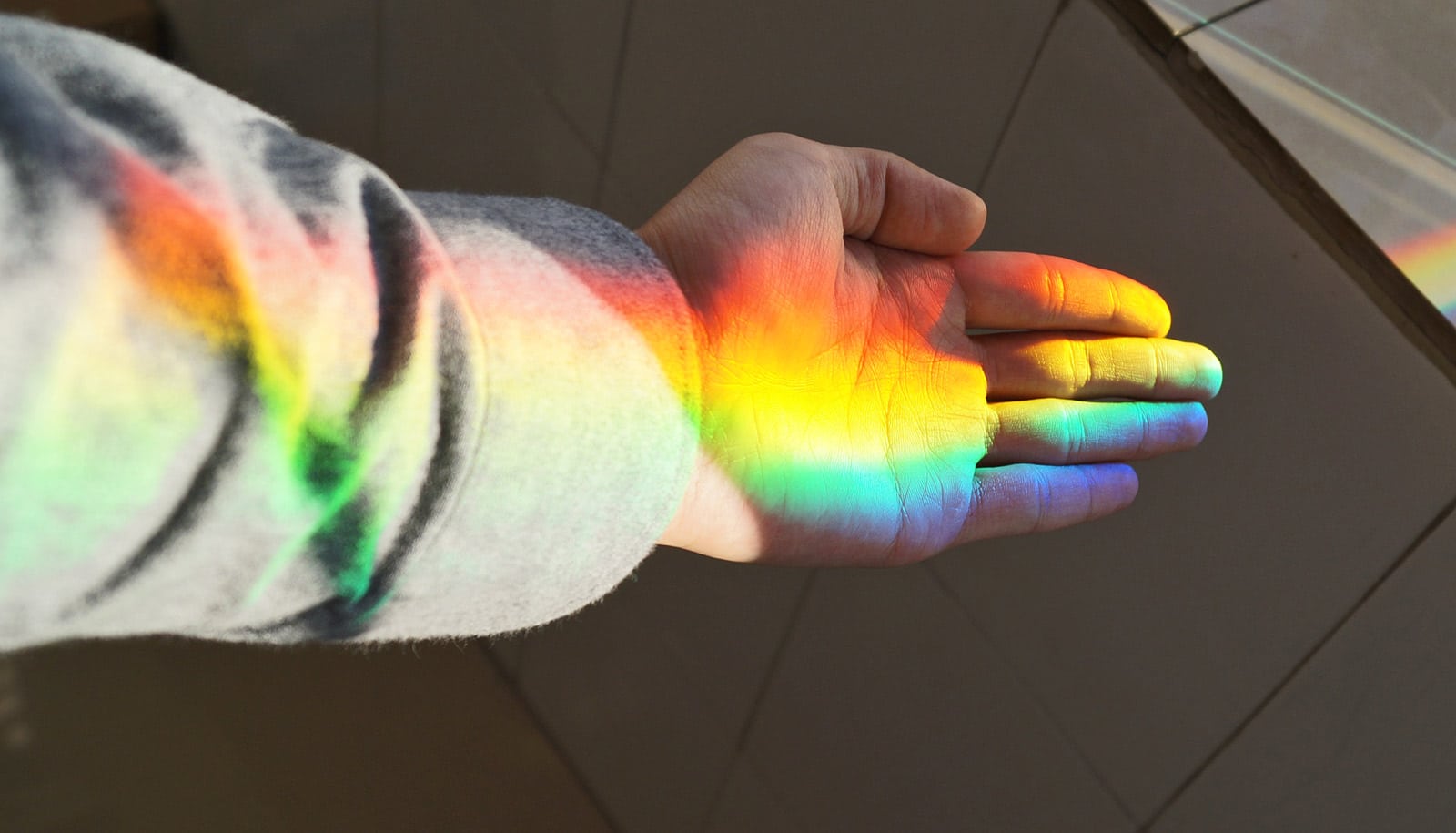A new study finds that overall climate and exclusionary behaviors are the biggest factors for LGBT+ scientists leaving physics.
Women and trans people are most likely to experience harassment, according to the research, which comes as physics as a discipline attempts to grapple with equity and inclusion issues.
The study’s authors found that the two biggest factors that influence a person’s decision to leave physics are the overall climate of the organization they belong to and more specifically observing exclusionary behavior.
“Nearly everybody I know who is LGBT+ in physics has left, to be honest,” says Tim Atherton, associate professor of physics at Tufts University and co-lead author of the study. “We’re talking dozens and dozens of students and faculty. I can empathize with the experiences of the study’s participants from some of my own experiences.”
“People feel shunned, excluded, and they were continually having to readjust and twist themselves to fit into the physics community,” says Ramón Barthelemy, assistant professor of physics at the University of Utah and co-lead author of the study. “LGBT+ people are inherently a part of this field. If you want physics to be a place that anyone can participate, we have to talk about these issues.”
According to the American Physical Society, 15% of early career scientists identify as LGBT+. and while a number of previous studies have explored challenges faced by physicists with regards to gender and race, this study sought to expand understanding of the impact of these barriers through a survey of the experiences of 324 people in physics across the LGBT+ spectrum. It will appear in the journal Physical Review of Physics Education Research.
The coauthors themselves come from a wide range of institutions, backgrounds, identities, and career stages and sought to understand the lives of the larger LGBT+ physicist community from their own perspectives.
LGBT+ survey participants reported observing and experiencing exclusionary behavior such as shunning, homophobia, and harassment at high rates. LGBT+ people who are also from marginalized gender, racial, and ethnic groups faced more challenges than their LGBT+ peers.
In addition to the survey, the authors also conducted one-on-one follow-up interviews with five students who identified as being transgender, a person of color (POC), or both to give voice to perspectives that often get lost in datasets with large statistical numbers.
Gender had a big impact on a person’s perception of their environment. While about 15% of LGBT+ men reported an uncomfortable or very uncomfortable experience, 25% of women and 40% of gender non-conforming people reported similar experiences.
This pattern is even stronger in response to those who observed or experienced exclusionary behavior. Across the entire group, 20% experienced exclusionary behavior and 40% observed it.
Women and gender non-conforming people are three to four times more likely to experience this kind of behavior, and nearly two times more likely to observe it than their male peers.
Almost half of all participants who identified as transgender experienced exclusionary behavior directly, compared with 19% of their cisgender peers. Transgender interviewees encountered institutional barriers, including discriminatory health insurance plans or policies that restricted their bathroom use. Many trans participants described face-to-face harassment.
“We often talk about the gender issues in physics,” says Atherton. “When we started looking at the LGBT+ issues, it’s amazing how gender just naturally emerged. We almost can’t separate those issues. It’s striking.”
A participant’s level of “outness,” which describes how openly someone discloses their identity as part of the LGBT+ community, also influenced their experience. Participants who were out to their coworkers were more likely to report being comfortable, while participants who were not open about their LGBT+ identity reported being very uncomfortable at higher rates than their out peers.
LGBT+ respondents of color reported being out at lower rates than their white peers. In a follow up interview, one Black participant felt that her race affected her education more than her sexuality. “I think I grappled more with the race element than I do with the sexuality, because the deal is, that’s what they see first,” she said.
Observing exclusionary behavior was found to have a greater influence on someone leaving physics than directly experiencing exclusionary behavior.
“This study tells us support has to be available in the entire institution,” says Barthelemy. “LGBT+ individuals in all departments have to be continually coming out when we engage with the broader campus community and new people, since our LGBT identity is seldom assumed. By making our presence known, we can help encourage greater equity, diversity, and inclusion throughout the institution.”
In future studies, the researchers will dig deeper into the climate model to understand how best to keep LGBT+ physicists in the field. They’ve also submitted a grant to extend the current study to a long-term project that follows LGBT+ physicists every five years.
Some of these respondents went on to workplaces outside of physics with a better climate. “But I’m sad because physics has lost so much of this valuable talent,” says Atherton. Still, he is hopeful. “I see a promising vista if we can begin to address these issues.”
This study is the latest in a long history of queer physicists fighting for space in their field, the authors note. In 1957, the astronomer Frank Kameny was fired from the US Army Map Service for being gay. For the next half century, he fought for the rights of LGBT+ people, even bringing the first civil rights claim based on sexual orientation in a US court. In 2009, he stood by President Barack Obama as he signed the executive order that the federal government could no longer discriminate based on sexual orientation and gender identity.
“I feel our work builds on the generations before us,” says Barthelemy. “People like Frank Kameny, Alan Turing, Sally Ride—all of these amazing queer physicists, these icons, who made changes and really laid the groundwork for us to even exist in our field of study.”
Source: Tufts University



